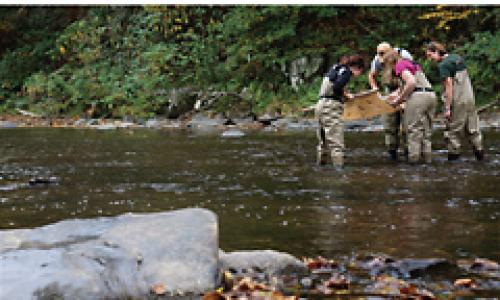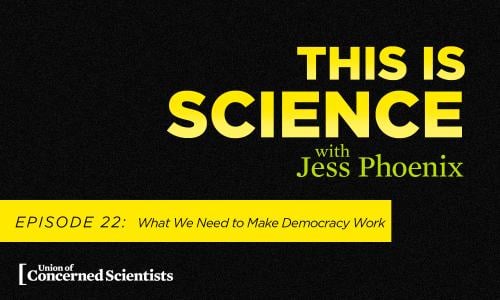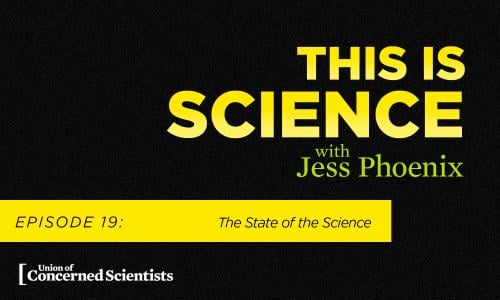The Endangered Species Act is one of our most successful science-based public protections—and it's under attack. Scientists can play a crucial role in defending ESA, and our new toolkit, Advancing Science in the Endangered Species Act, will help them play that role more effectively.
Why we created the toolkit
The Endangered Species Act of 1973 is a great public policy success story. 99 percent of the species listed under the Act since it was first enacted still survive, a remarkable record. And the ESA's strong foundation in science has been at the heart of this success.
But the ESA has long been a target of political interference designed to weaken the law for the benefit of private interests. And in recent years, these attacks have accelerated.
To defend ESA and the vitally important biodiversity that it safeguards, we need scientists to speak out and bring their expertise to the table. In order to do this, many scientists may need more information about the Act, the threats to it, and the most effective ways they can help. Advancing Science in the Endangered Species Act provides this information.
The ESA toolkit comprises four sections:
Understanding the Endangered Species Act
A concise but thorough rundown that details the ESA's provisions and explains how the law works in practice. You'll learn about the core components of the Act, the criteria for listing, the listing process, and who plays a role in species protection.
Threats to science-based endangered species policy
Harmful riders. Legislative delistings. Funding restrictions. These are just a few of the many of the forms that political attacks on ESA have taken, and continue to take. The toolkit details the risks to ESA from political interference and suggests ways scientists can push back.
Leveraging your voice as a scientist
There are many things scientists can do, both as individuals and in collaboration with other experts and advocates, to help protect species at risk. The toolkit highlights a variety of ways scientists can take action, including conducting research, helping inform endangered species decisions, advocating for science-based decision making, and collaborating with other endangered species advocates.
Additional resources
There are lots of good information sources and potential partner organizations out there—the toolkit provides links to many of them.



